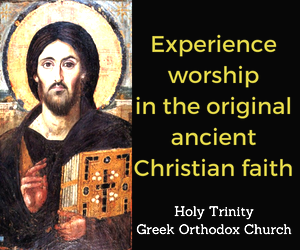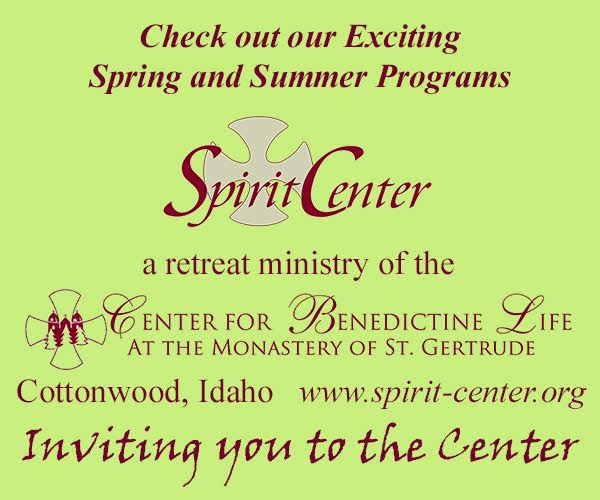Married 60 Years and Counting
By Pete Haug
When couples gaze into each other’s eyes and lovingly repeat, “Listen, dear, they’re playing our song,” that song is not usually Bach’s B Minor Mass. It is for us. It’s been part of our lives since my wife Jolie and I sang it our senior year in college. We married a year later, 60 years ago last Thursday. Jolie is the mother of our three children, Linda, Dan, and Tom. She’s also my draconian live-in editor.
Our honeymoon began inauspiciously as a Canadian camping trip, but the marriage almost ended a week later when Jolie contracted food poisoning on the Gaspe Peninsula. The motel manager directed us toward the hospital, 10 miles away, and phoned ahead. Chaleur Bay glistened far below as I careened along the winding, moonlit clifftop highway.
“There’s no hospital,” my delirious, dehydrated bride muttered. For hours both ends of her gastrointestinal tract had expelled whatever she’d ingested.
As hospital lights appeared, I saw two black-clad figures at the entrance, nuns waiting with wheelchair and intravenous paraphernalia. I helped Jolie up the steps, parked the car, and checked her in. When the nuns took me to her, she was sitting up and smiling wanly.
“I feel much better,” she said. When they learned we were honeymooning, they wouldn’t hear of my sleeping in our station wagon. They provided this grungy camper the bishop’s room, with milk and cookies, for our two remaining nights.
That adventure jump-started a marriage with inevitable ups and downs. Four years later Jolie encouraged me to quit a budding writing career to venture into science, a major discontinuity from my English literature degree. As I started graduate school at Colorado State University, Jolie halted her own teaching career to begin raising our family.
Most marriages have problems. A good marriage addresses and deals successfully with its problems. Our biggest rift came 12 years into the marriage. I was finishing at CSU. Jolie and the children were living in West Virginia, where we had moved.
Our shared value system as Baha’is was a critical factor in saving our marriage. We used Baha’i consultation, a three-stage spiritual process for reaching unified decisions. It requires self-honesty and a willingness to approach a problem with an open mind. Participants first agree on relevant facts and then principles that apply to the situation. If agreement is reached throughout these two steps, the third is easier. Building on the unity already established, we were able to discuss and work through our differences toward what it would take to bring us closer together. It was very emotional at times. We wrote letters, ran up huge phone bills, prayed a lot, and it worked.
Later, when I found work in Colorado, Jolie began academic preparation for chiropractic college. The kids were maturing, and the whole family supported Mom by taking on household responsibilities. When we moved to Washington so Mom could begin college in Portland, she abandoned us and left me in Tumwater to deal with three teenagers. Alone! Dr. Haug graduated at age 46, the summer of our 25th anniversary, Linda’s wedding, and Dan’s high school graduation.
In 1993, a once-in-a-lifetime opportunity to teach English in China presented itself. We taught in Beijing for three years, then in Dalian for another eight. We retired in 2007.
We have been fortunate, blessed, to have a good marriage, one attuned to a poem by 19th century poet Elizabeth Barrett Browning. Her Sonnet 43 captures the highest ideals of marriage. I’d like to share it, interspersing some personal observations. Unattainable as these ideals may be, they’re worth striving for:
“How do I love thee? Let me count the ways. I love thee to the depth and breadth and height my soul can reach, when feeling out of sight for the ends of being and ideal grace.” Warm and ethereal, these opening lines leave much for reflection.
“I love thee to the level of every day’s most quiet need, by sun and candle-light.” In daylight and in darkness. “I love thee freely, as men strive for right. I love thee purely, as they turn from praise. I love thee with the passion put to use in my old griefs, and with my childhood’s faith.” Passion that comes with grief is powerful, as is innocent childhood faith, both diminished as we age.
But spiritual love grows. Childhood’s lost faith in abstract saints redirects to Browning’s husband, the earthly object of her affections, both here and beyond: “I love thee with a love I seemed to lose with my lost saints.” She closes, nodding to the inevitable infinite: “I love thee with the breath, smiles, tears, of all my life; and, if God choose, I shall but love thee better after death.”
For me, every passing year bestows deeper meaning on these lines. On to 75!






